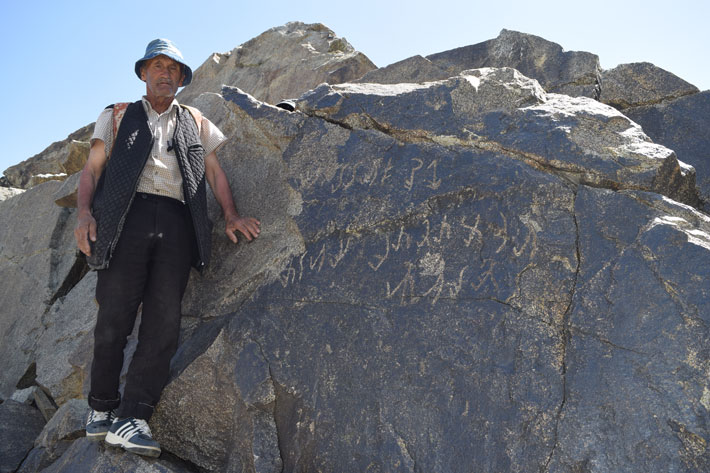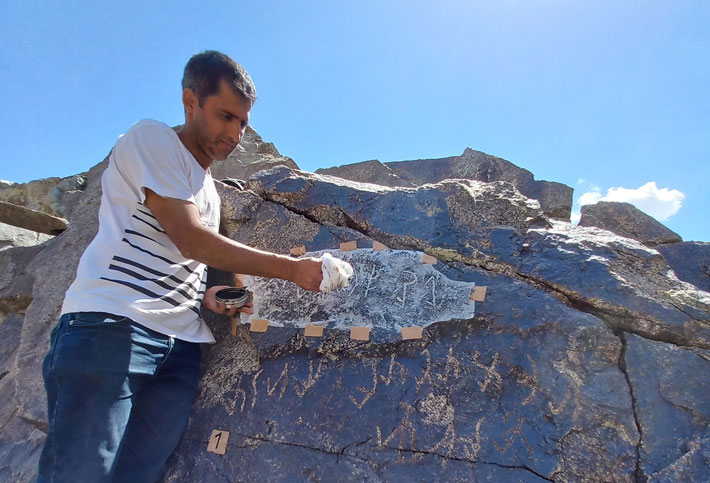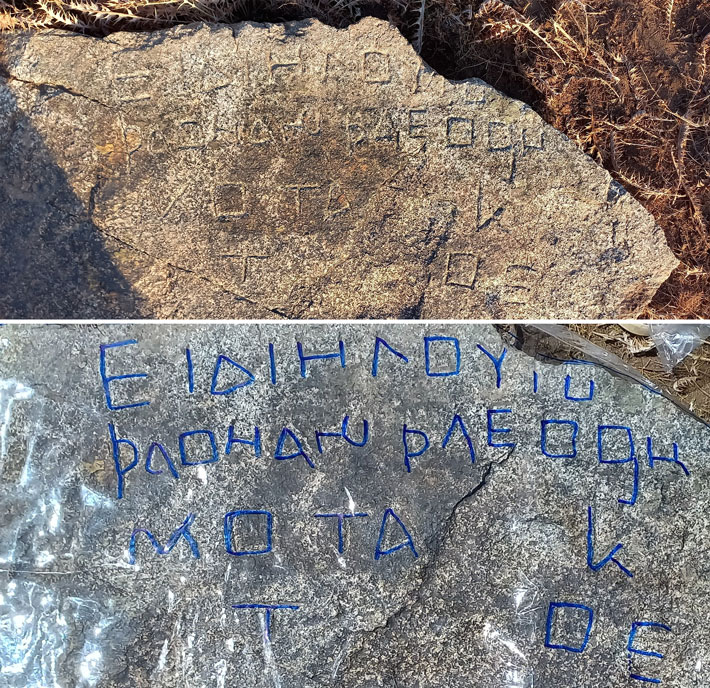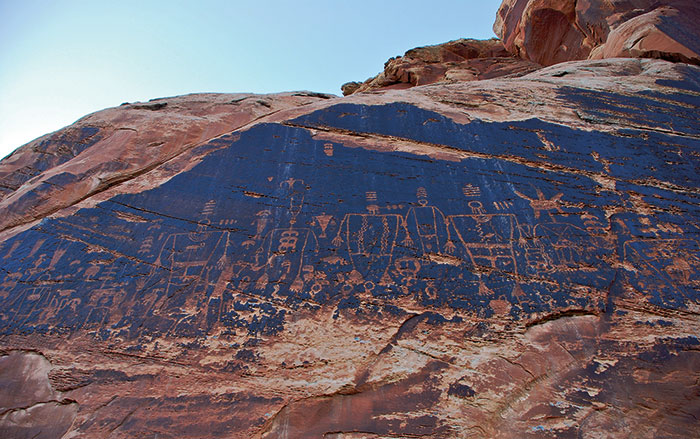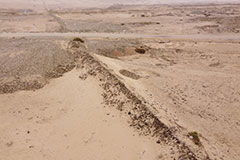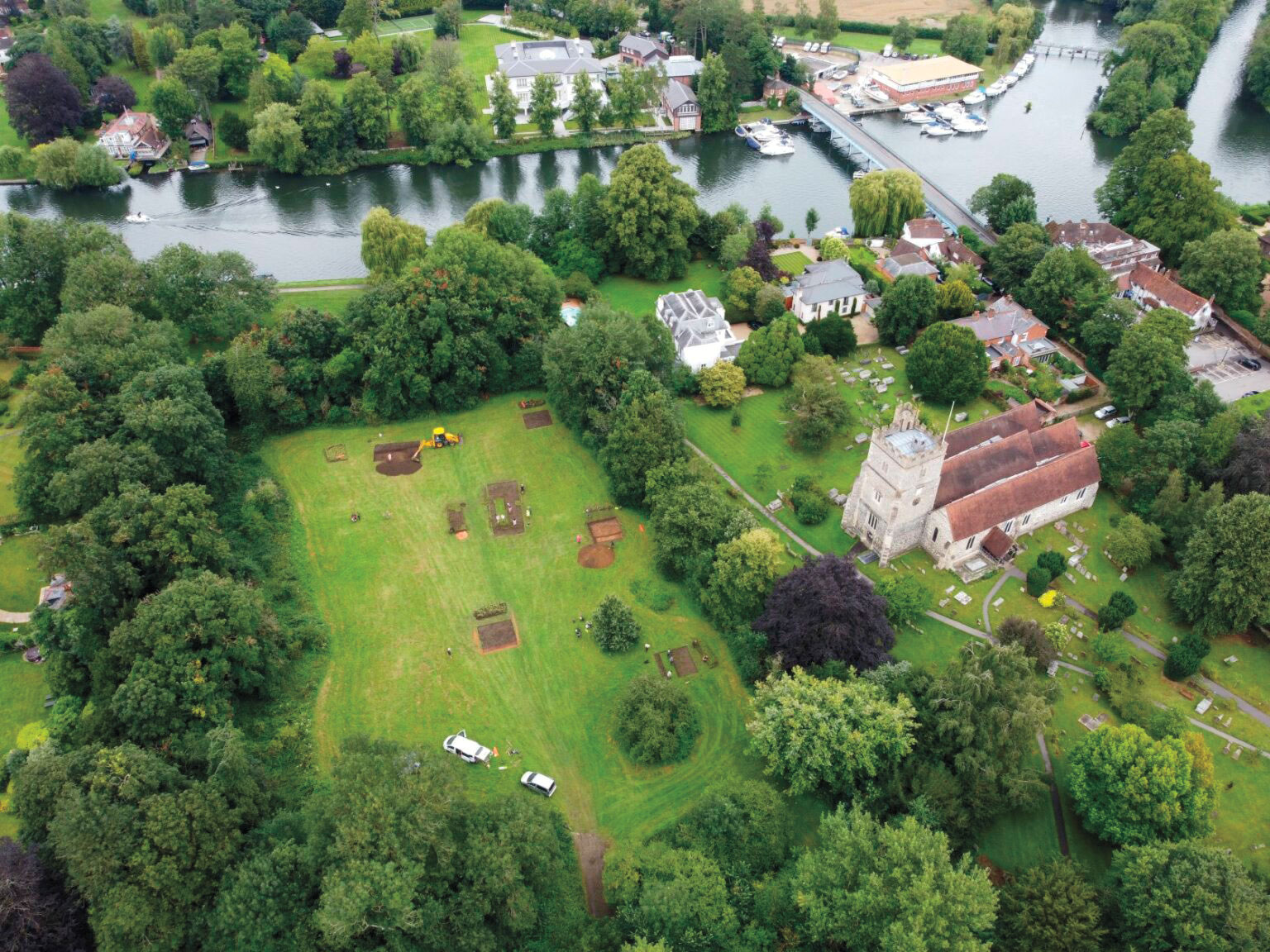Features From the Issue
-
Features March/April 2024
Discovering a New Neolithic World
Excavations in southeastern Turkey are revolutionizing how archaeologists understand the monumental achievements of hunter-gatherers
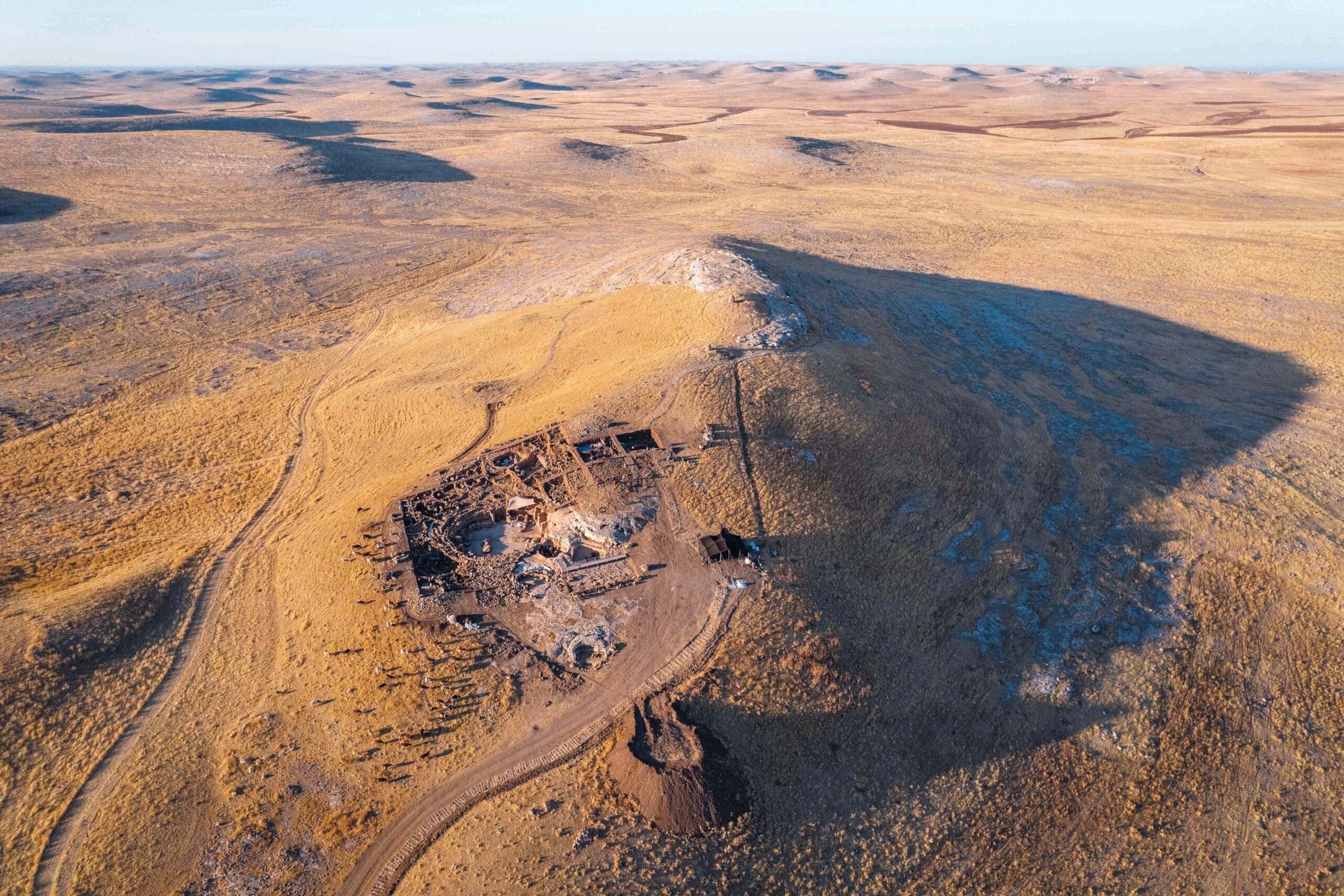
-
Features March/April 2024
Freedom Fort
In eighteenth-century Spanish Florida, a militia composed of formerly enslaved Africans fought for their liberty
 (Photo: Christopher LeClere)
(Photo: Christopher LeClere) -
Features March/April 2024
Magic on the Road to Mecca
Artifacts left by pilgrims on the hajj illuminate the role of wonder-workers in Islamic practice
-
Features March/April 2024
Divine Lords of the Andes
How a new generation of leaders claimed power in northern Peru by embracing cosmic connections to their ancestors
-
Features March/April 2024
Breaking the Code of the Kushan Kings
High in the mountains of Tajikistan, the discovery of a first-century a.d. royal inscription was the key to deciphering a mysterious script
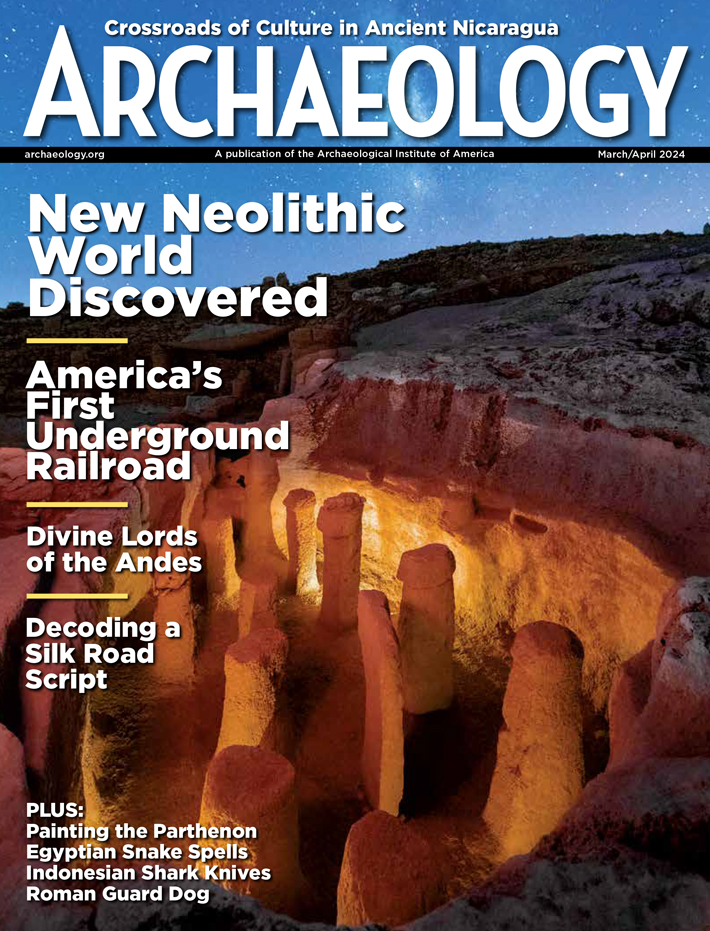
Letter from Nicaragua
Letter from Nicaragua
Who Were the People of Greater Nicoya?
Archaeologists are challenging long-held assumptions about Mesoamerica’s influence on Indigenous peoples to its south
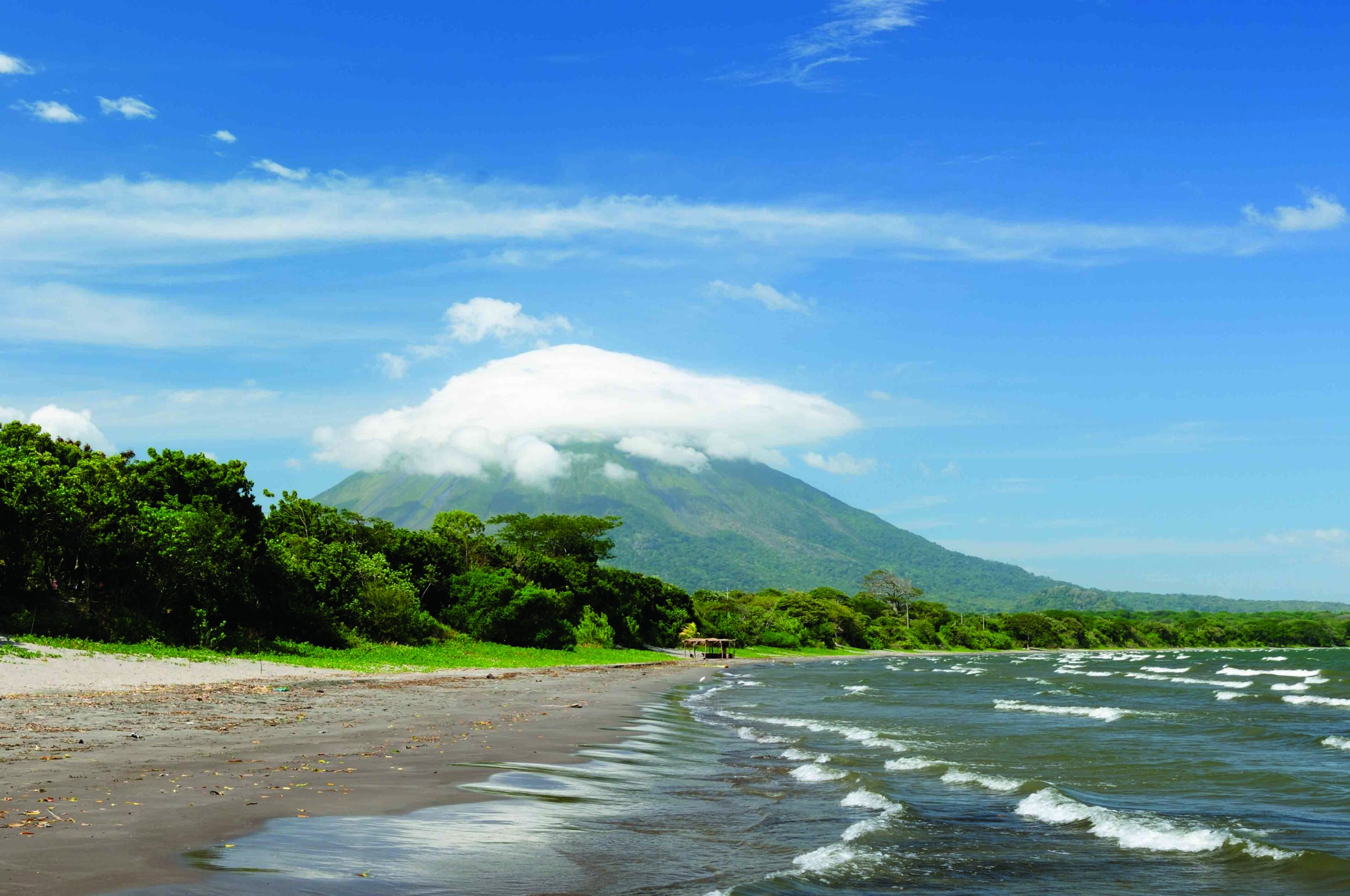
Artifact
Artifacts
Mesolithic Baskets

Digs & Discoveries
-
Digs & Discoveries
Painting by Roman Numerals
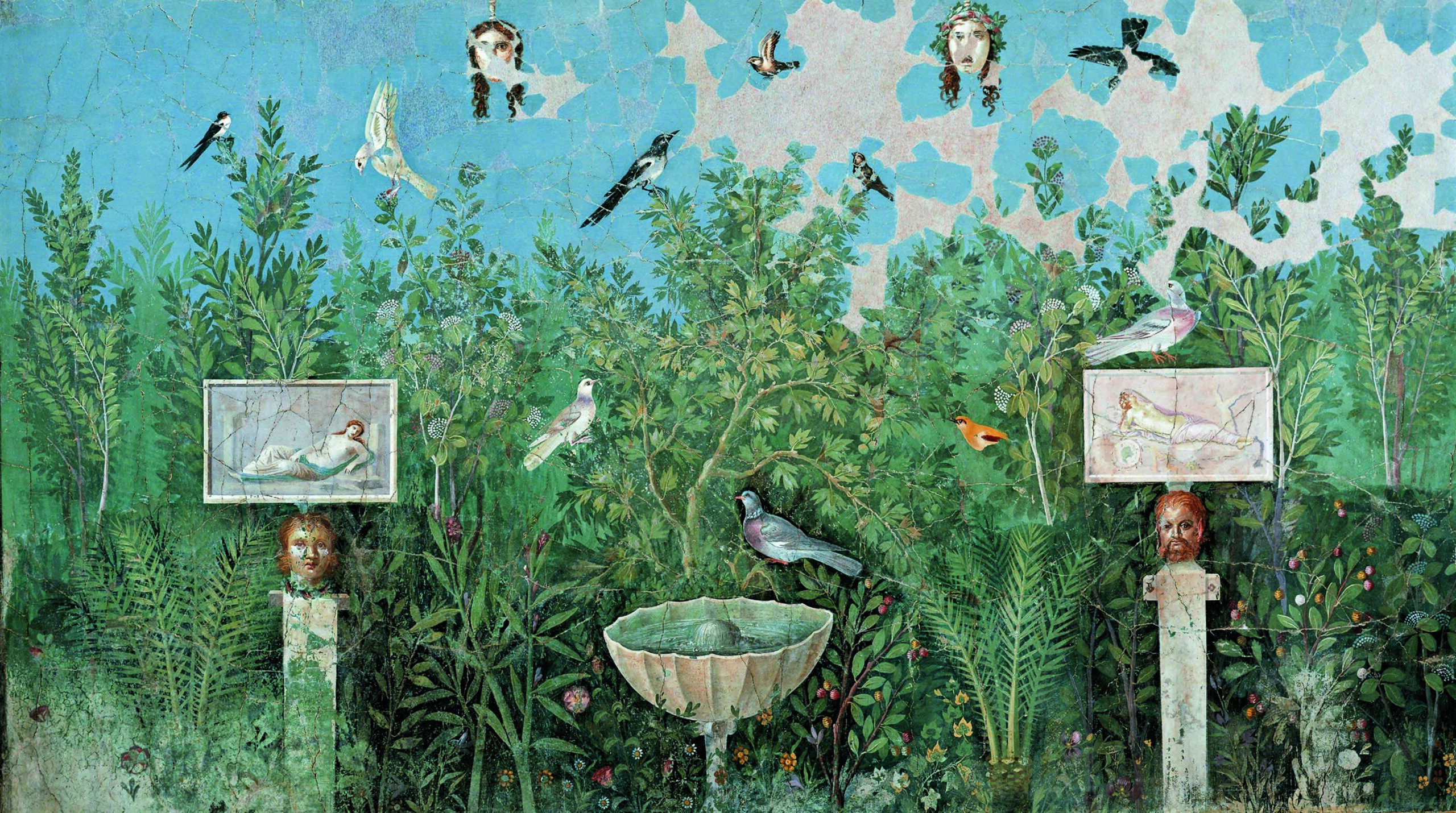
-
Digs & Discoveries
The Parthenon’s Paint Job
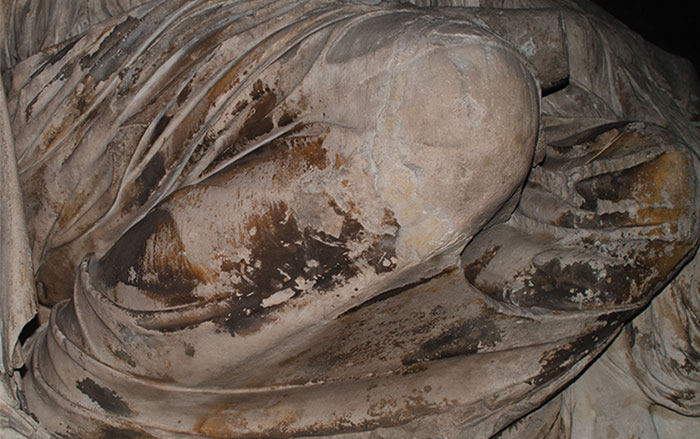 (Giovanni Verri, © Trustees of the British Museum)
(Giovanni Verri, © Trustees of the British Museum) -
Digs & Discoveries
Six Centuries of the Condor
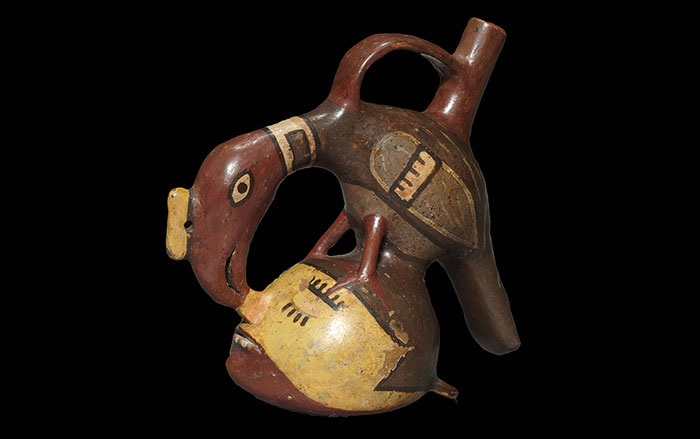 (Courtesy Cleveland Museum of Art)
(Courtesy Cleveland Museum of Art) -
Digs & Discoveries
Spells Against Snakes
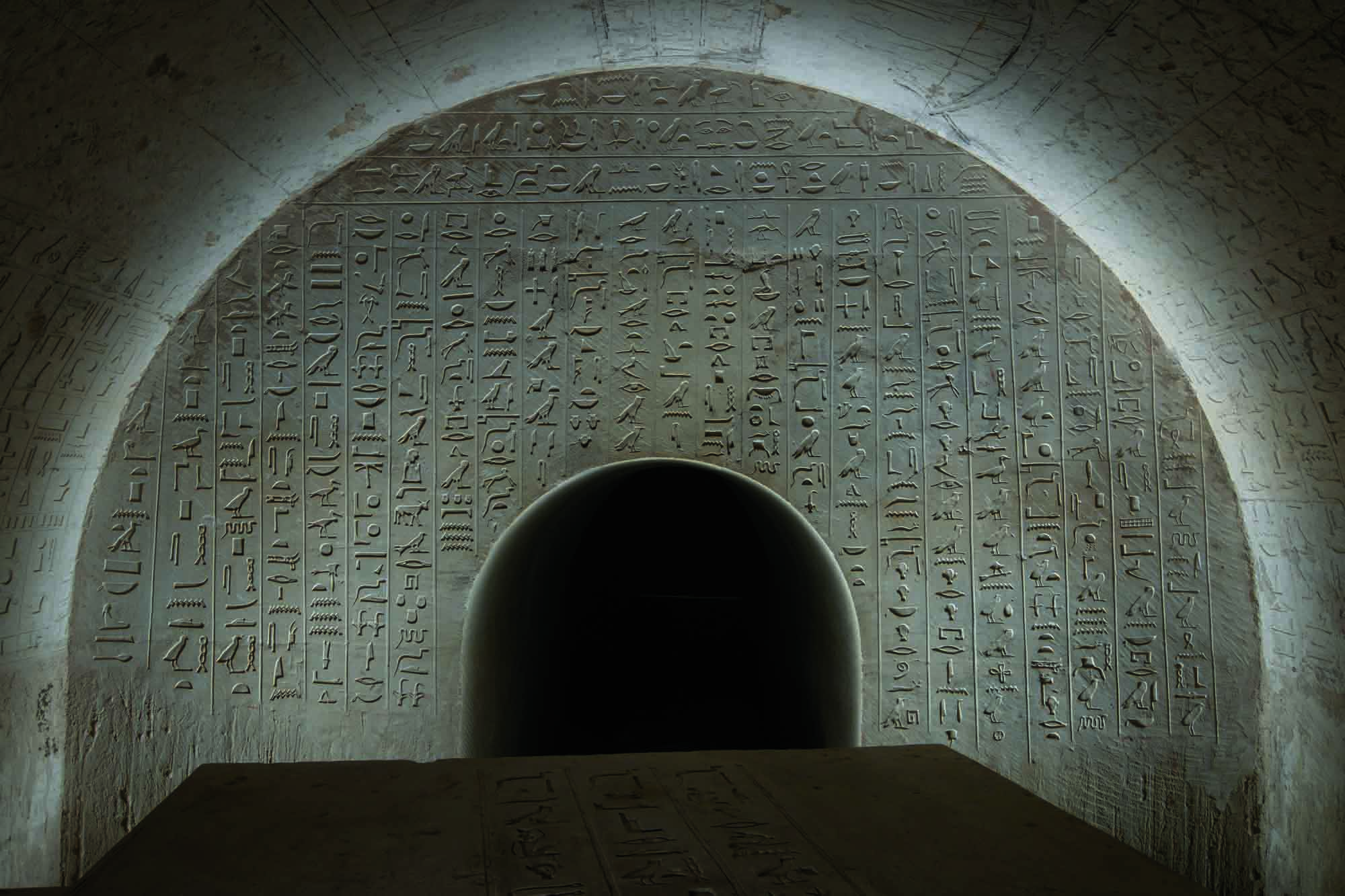
-
Digs & Discoveries
Paleo Palette

-
Digs & Discoveries
Mohenjo-Daro’s Buddhist Past
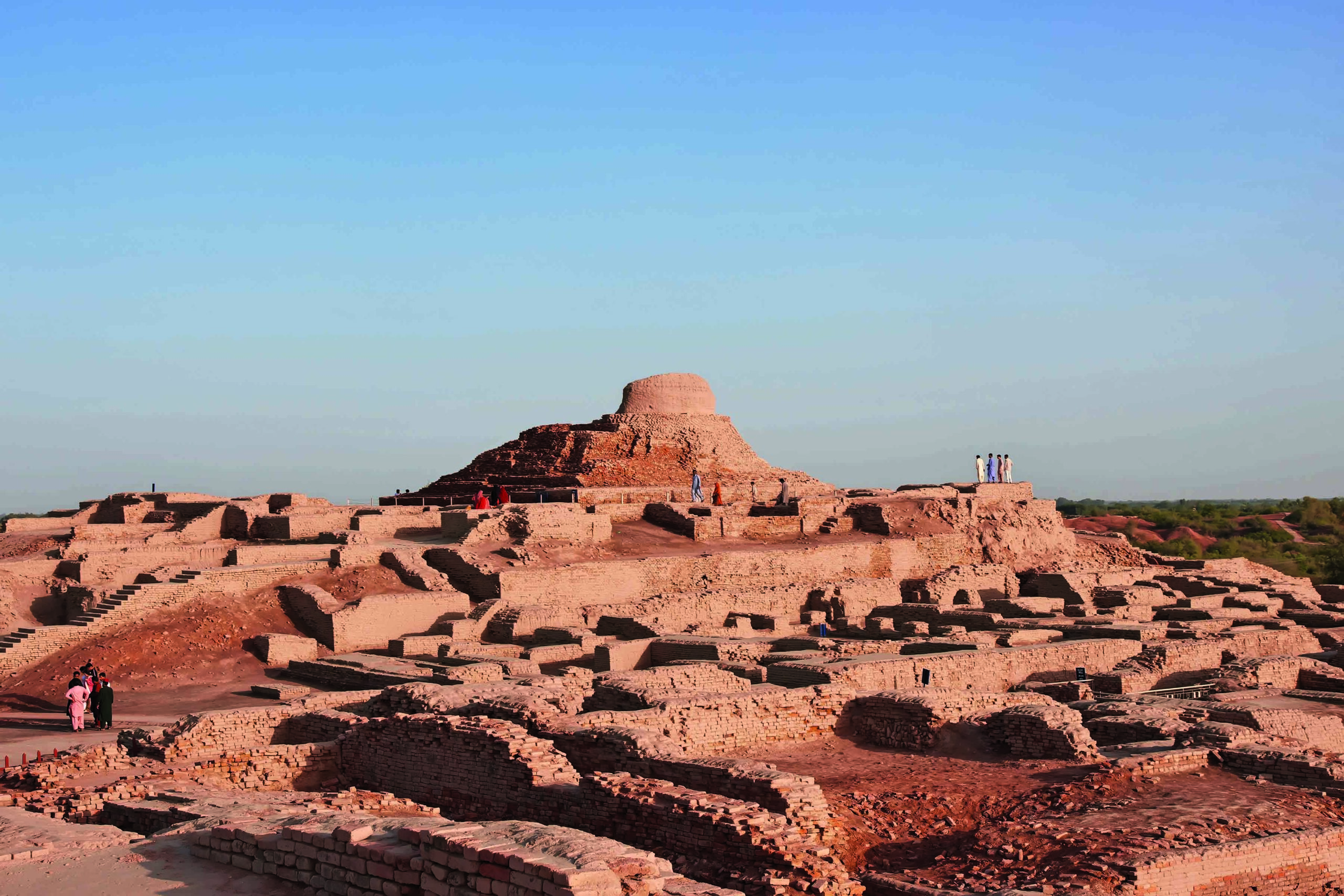
-
Digs & Discoveries
Cuts Like a Shark

-
Digs & Discoveries
Neolithic Honey Hunters
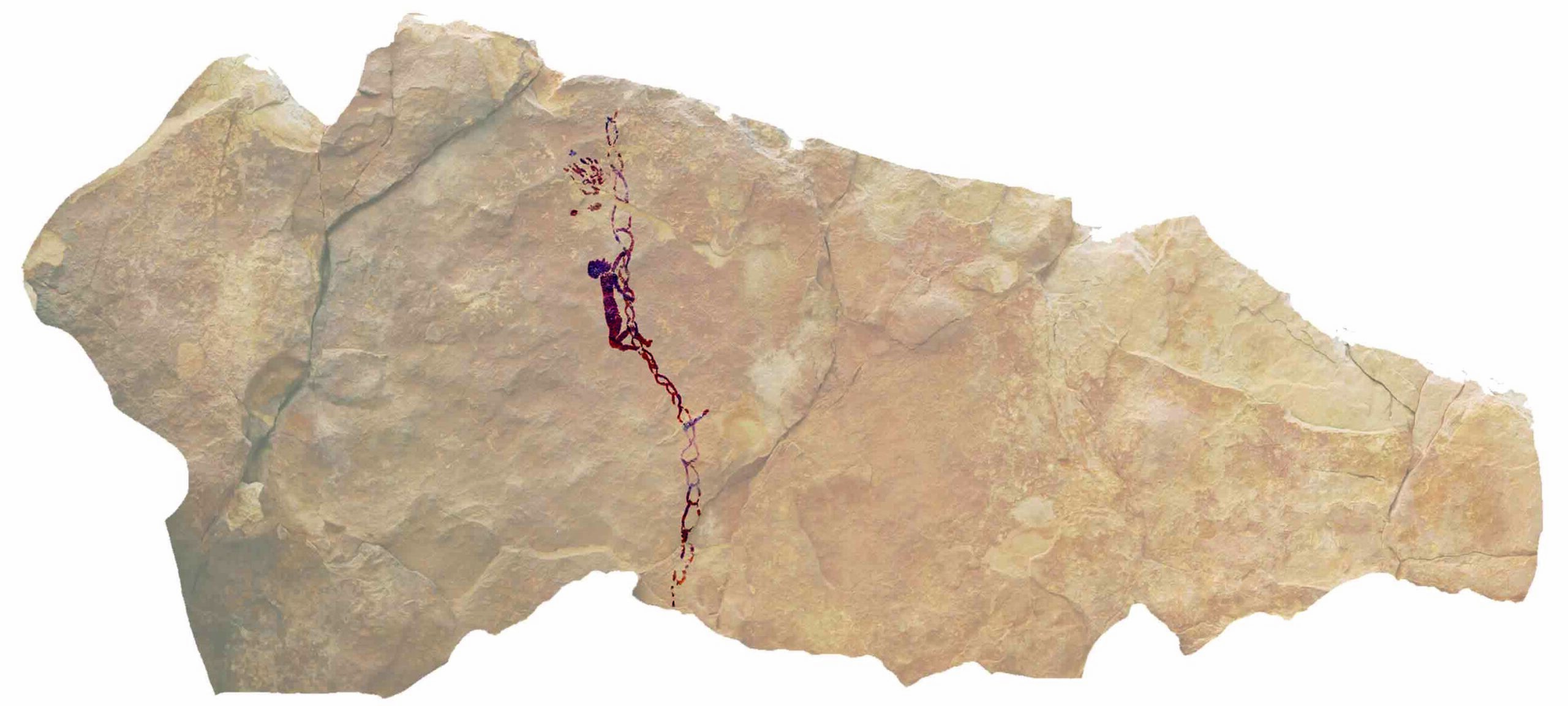
-
Digs & Discoveries
Watchdog for the Afterlife
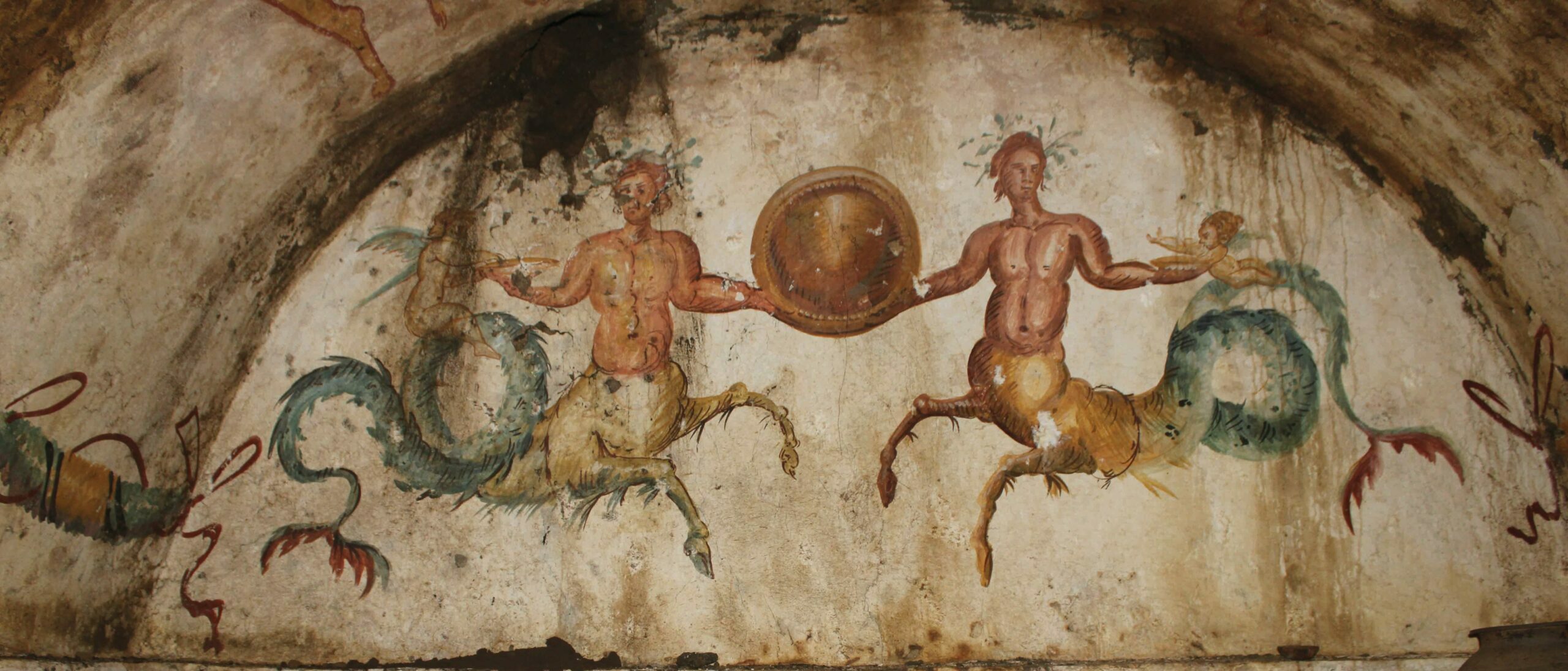
-
Digs & Discoveries
Update: Royal Rendlesham
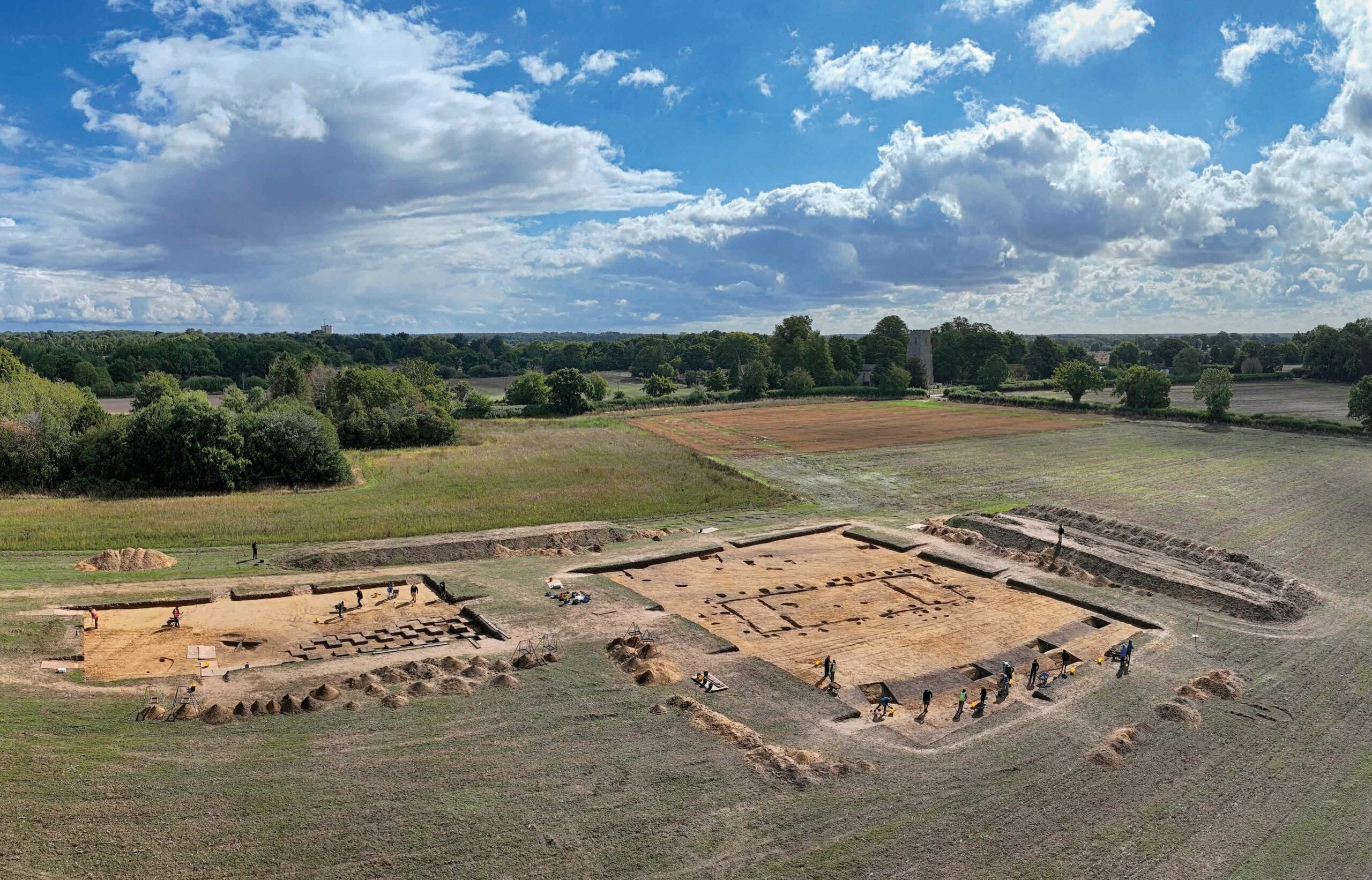
-
Digs & Discoveries
More Images from Digs & Discoveries
Off the Grid
Off the Grid March/April 2024
Beçin, Turkey
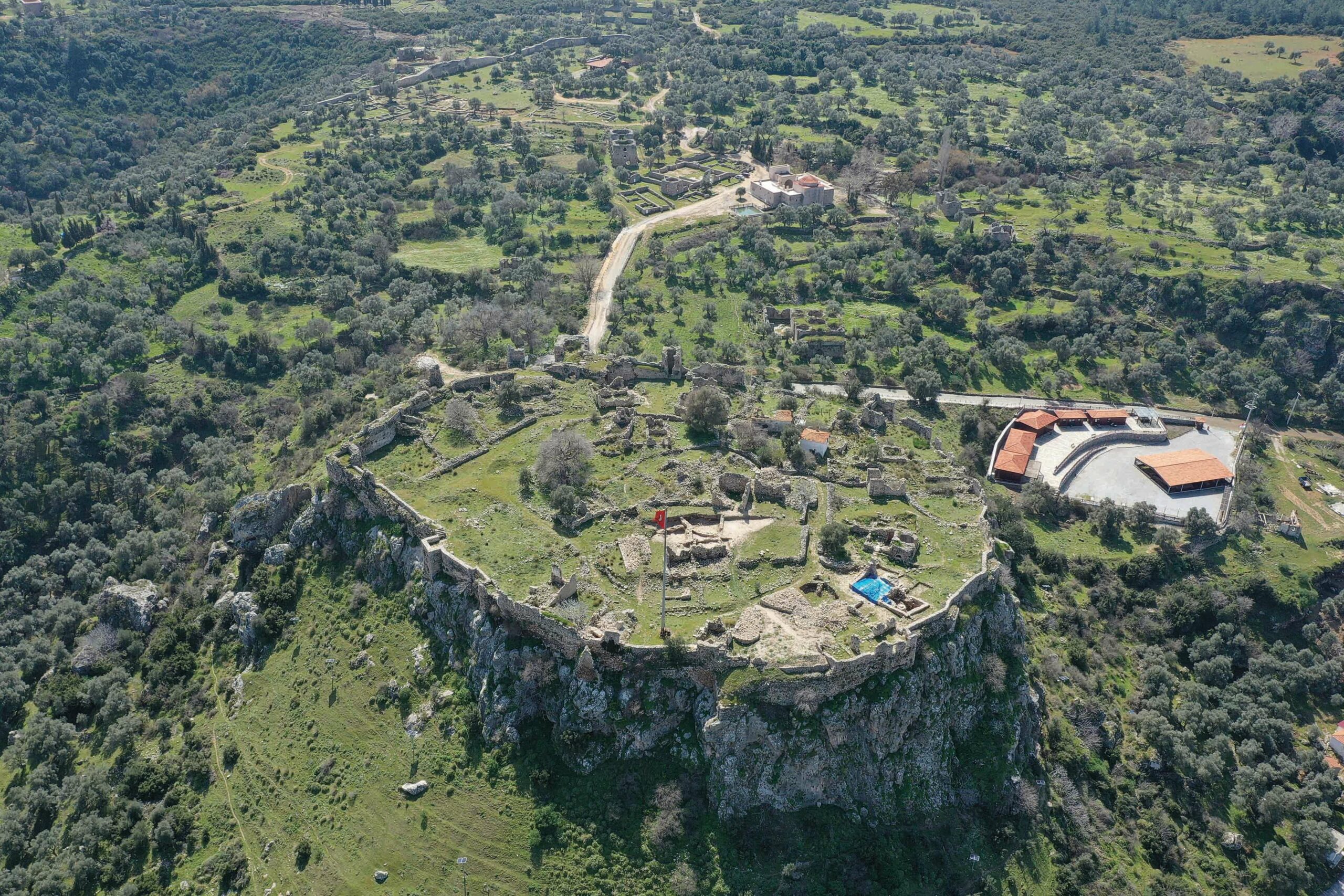
Around the World

COLORADO
Archaeologists have recorded rock art high above Castle Rock Pueblo on the Mesa Verde Plateau. The petroglyphs were found in a cliffside location 2,400 feet above houses built into a canyon wall. The oldest petroglyphs date to the 3rd century A.D., while most were created in the 12th and 13th centuries. The panels include geometric figures that the Pueblo people may have used to record astronomical observations or to denote specific days of the year.
Related Content
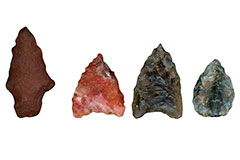
PERU
Settlement in the high-altitude Lake Titicaca Basin may have been greatly aided by the development of bow-and-arrow technology. Researchers recently analyzed more than 1,000 projectile points manufactured over a period of 10,000 years beginning in 9000 B.C. They determined that around 5,000 years ago, points became decidedly lighter and smaller, likely coinciding with the transition from thrown spears to bow-fired arrows. This allowed people to hunt smaller, faster prey. It is the oldest evidence of archery in the Americas.
Related Content

ENGLAND
The Cerne Abbas Giant has towered over the Dorset countryside for centuries, yet experts continue to debate when and why the 180-foot-tall figure was carved into the chalky hillside. New evidence indicates the giant was created between A.D. 700 and 1100. Scholars also now suggest it depicts the semidivine hero Hercules with a club in his right hand and that his characteristic lion skin was once shown draped over his left arm. The widely visible site was probably used as a muster station for Saxon armies assembled to fend off invading Vikings.
Related Content
Slideshow: Rise of Peru's Divine Lords
In the early first millennium A.D., a new class of rulers from different cultural groups claimed authority in northern Peru’s region of Ancash by highlighting their wealth and status as warrior lords and casting themselves as living embodiments of their divine ancestors. These leaders settled in easily defensible hilltop sites in the Andes Mountains, where they resided in large family compounds that also functioned as locations for ritual activity and ancestor veneration. Recent excavations at two sites in Ancash—Pashash, in the northern highlands, and the coastal settlement of Cerro San Isidro—have uncovered early examples of the emergence of divine lordship, a form of leadership that would endure in Peru for more than 1,000 years.
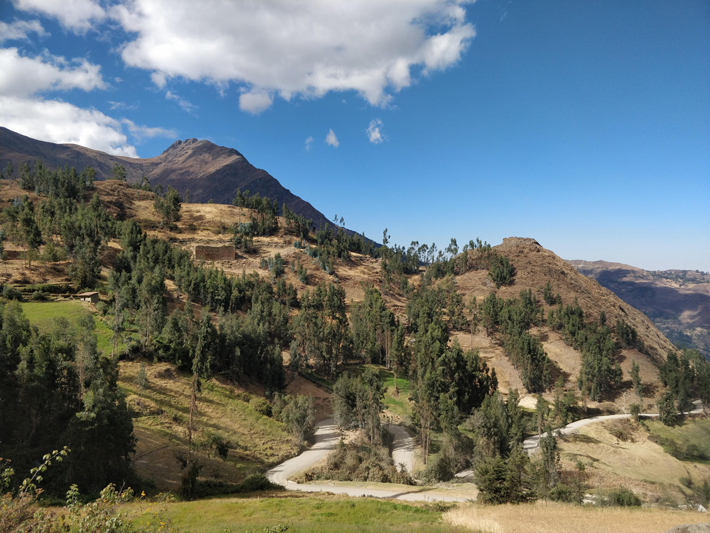



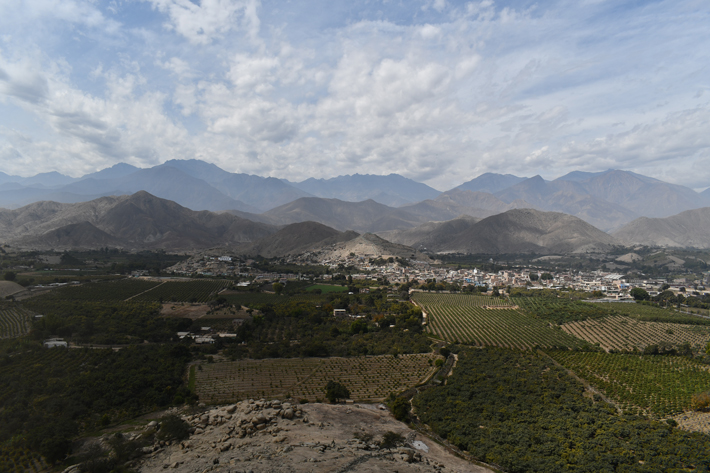

Slideshow: Deciphering the King’s Script
An inscription carved into a boulder high in the Almosi Gorge of Tajikistan’s Hissar Range has enabled philologists to decipher a writing system known as “the unknown script,” which was used during the centuries when the multiethnic Kushan Empire (ca. A.D. 50–250) held sway over Central Asia. Local shepherd Sanginov Khaitali first spotted the inscriptions in the 1970s, and in July of 2022, he guided a team led by archaeologist Bobomullo Bobomulloev of Tajikistan’s National Academy of Sciences to the site. They found the inscription was written in both the unknown script and Greek letters, which allowed linguists using the team’s photographs to decipher the mysterious writing system. The inscription is dedicated to the Kushan “king of kings” Vema Takhtu (reigned ca. A.D. 80–90). Bobomulloev believes that remains of a stone wall near the inscription may have once belonged to a Kushan royal hunting enclosure. (Credit for all images: Bobomullo Bobomulloev.)
